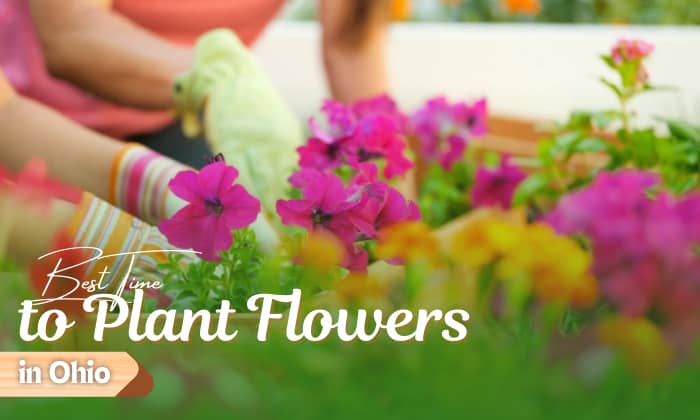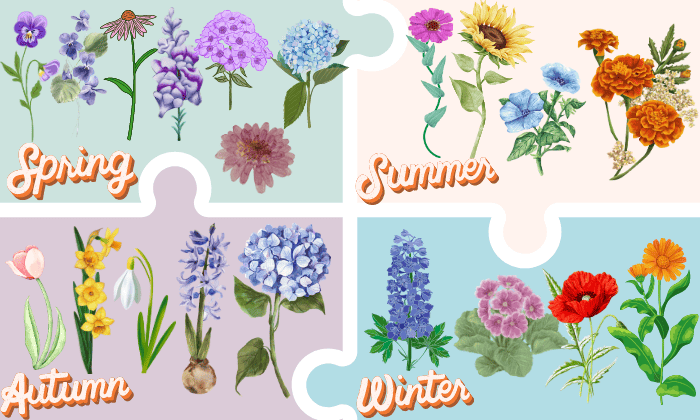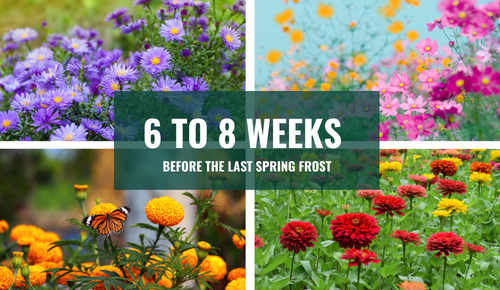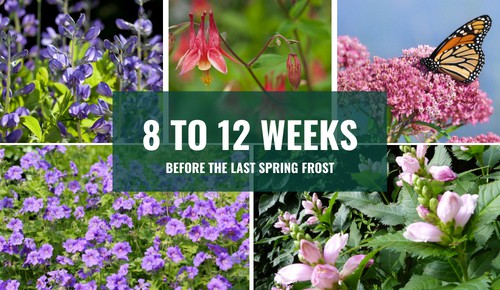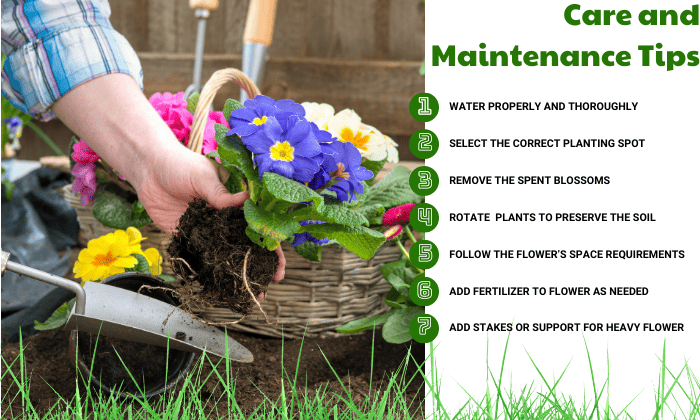Apart from the environmental benefits, flowers are also beneficial for the people around them to improve mood and reduce stress. If you are planning to grow flowers in your garden, check your area’s first and last frost dates to have the best estimate on when to plant flowers in Ohio.
Generally speaking, the best time to plant flowers is from late spring to mid-autumn or from late May up to mid-October, depending on the different types of flowers. It is recommended to consult a plant flowers calendar and monitor your local weather.
Table of Contents
Best Time to Plant Flowers in Ohio
Most cities in Ohio are under zone 5 and zone 6 for planting and it is considered safe to plant flowers in Ohio when the last spring frost has passed and a few weeks before the first fall frost arrives. This is anywhere from late May up to mid-October, depending on your city.
Season-by-season Flower Planting Guide
Hundreds of flowering plants thrive in Ohio and here are some examples of varieties that you can plant depending on the season:
| Season | Flower varieties |
| Spring | Pansies, violas, coneflowers, snapdragons, mums, creeping phlox, hydrangeas |
| Summer | Zinnias, sunflowers, petunias, French and signet marigolds |
| Fall | Tulips, daffodils, crocuses, snowdrops, hyacinth, hydrangeas |
| Winter | Delphinium, primrose, poppies, calendula |
Apart from the frost dates and seasons, another thing to consider is the type and nature of the flower you are planning to grow. Flowers are generally classified into three types: annuals, perennials, and bulbs.
1. Annuals
Annual flowers grow, bloom, and set their seeds in one growing season. They die in the winter and their seeds will germinate in the following spring.
As many annuals are sensitive to frost, the best time to plant flowers in Ohio is 6 to 8 weeks before the last spring frost. You can then transplant them outside once the threat of frost is no longer present. The best flowers to plant in Ohio annually include aster, cosmos, marigold, and zinnia.
2. Perennials
These are plants that can live for several years, provided they are given the right growing conditions. The top portion of the plant dies in the winter and grows back from the roots in the spring.
Perennial seeds may take some time to germinate so it would be best to start the growing process a little earlier. A good time to start planting flowers indoors is 8 to 12 weeks before the last spring frost in your area. Popular perennials in Ohio are blue false indigo, wild columbine, swamp milkweed, wild geranium, and turtlehead.
3. Bulbs
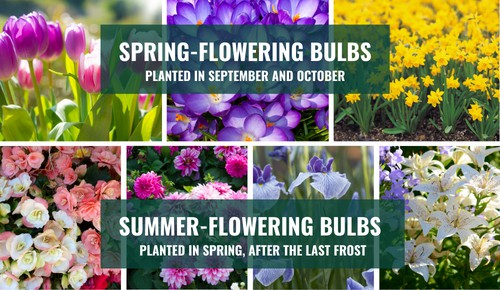
- Spring-flowering bulbs
They bloom from early spring to early summer and are planted in the fall, usually in September and October, before the first fall frost. This allows the plant to establish its roots before winter so they can bloom for spring. Some examples of spring-flowering bulbs are tulips, crocuses, and daffodils.
- Summer-flowering bulbs
If you want to have lovely summer flowers in Ohio even in August, you can plant this type of bulb as they bloom from early summer to early fall. They are planted in spring, after the last frost, as many varieties are not cold hardy. Begonia, dahlia, iris, and lily are examples of summer-flowering bulbs.
Care and Maintenance Tips
- Water properly and thoroughly as the correct amount and frequency of watering are crucial for their growth. Also bear in mind to direct the water to the soil and not the flower buds and foliage to minimize the risk of diseases.
- Select the correct planting spot as some flowers do well under a full sun while some require some shade.
- Deadhead the wilted flowers. Remove the spent blossoms to allow the plant to redirect its energy into growing new buds.
- Rotate your plants to preserve the quality of soil. Once the growing season for your current plants is over, it is recommended to plant a different variety on the same plot of land in the next season. This helps optimize nutrients in the soil to maintain soil health and reduce the risk of pests and diseases.
- Follow the plant’s planting and space requirements. Planting flowers too close to each other not only obstructs airflow but also increases the risk of spreading pests and diseases.
- Amend the soil as needed. Depending on their specific requirements, you may add fertilizer to flower beds or in pots to keep the soil and plants healthy.
- Add stakes or support. Plants that have big or heavy flower heads might need additional support. Use a soft string to loosely tie the stalk or stem to the stake.
Conclusion
Flowers are definitely a lovely addition to your home garden. They are beneficial for the environment and therapeutic for you. Most varieties are relatively easy to grow but to ensure that you’ll have thriving plants, it is important to follow their care requirements and know when to plant flowers in Ohio.

Hi, I am William – Floridayards’ digital content creator. My job is to find answers to all your concerns with thorough research and our team’s expert advice. I will also bring you honest reviews on the best products and equipment for raising your beautiful garden. Please look forward to our work!


